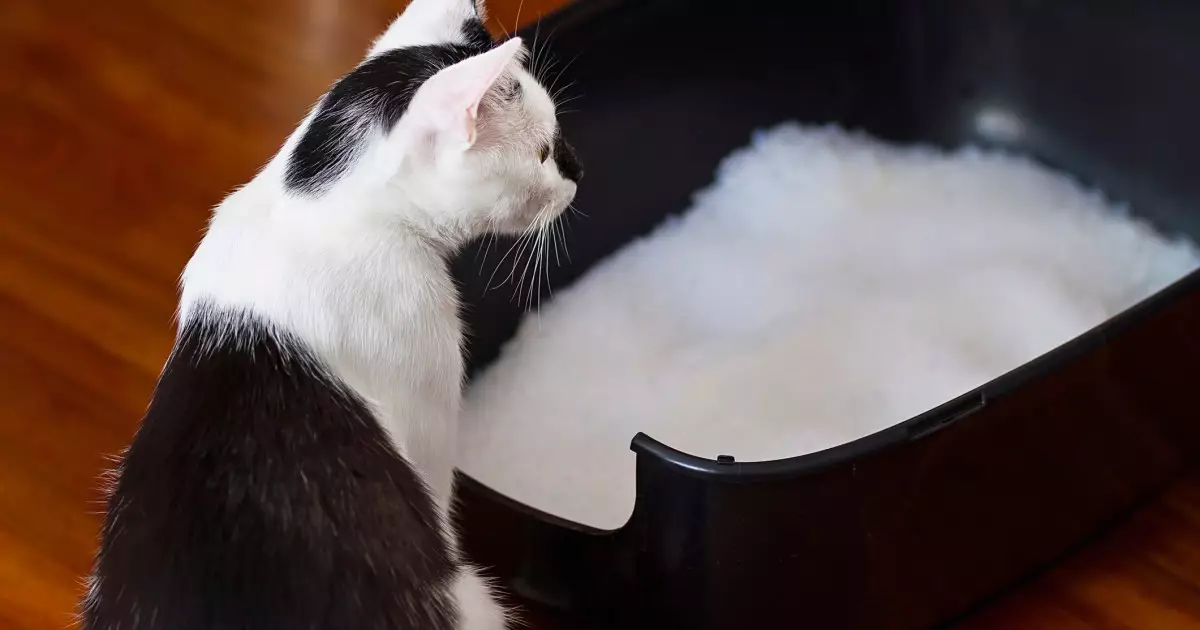Caring for a cat goes beyond feeding and playing; it often entails managing behavioral quirks that, while natural, can become bothersome. One of the most contentious issues faced by cat parents is inappropriate elimination, especially when their feline companions decide that the perfect bathroom spot is not the litter box. This predicament can be both stressful and perplexing for caregivers, raising concerns about their pet’s well-being. In this article, we will explore the various reasons behind litter box aversion and highlight effective strategies to encourage positive bathroom habits in our beloved cats.
Cats are inherently clean animals. They typically prefer to eliminate in a designated spot that mirrors their instinctual desire for cleanliness. Therefore, a dirty or poorly maintained litter box can lead to dissatisfaction and prompt your cat to seek alternative locations. Regular maintenance is crucial: litter boxes should be scooped daily and entirely cleaned every week or two. Maintaining a hygienic environment is vital to making the litter box a place your cat willingly visits.
In addition to cleanliness, cats have specific preferences regarding the litter box itself. Factors like the type of litter, box size and shape, and the depth of litter can significantly influence their willingness to use it. For example, some cats may prefer clumping litter while others might be sensitive to particular textures. Assessing your cat’s preferences through trial and error can go a long way in mitigating elimination issues.
The positioning of the litter box plays a pivotal role in your cat’s willingness to use it. Cats are sufficiently private creatures and thrive in low-traffic areas that provide peace during their bathroom breaks. A litter box placed in a noisy or busy spot may deter them from exploring it, leading to unwanted incidents around your home. If your cat is young and sprightly, accessibility might not be an issue, but as they age or if they have mobility issues, it’s essential to consider boxes with lower sides or even placing additional boxes across multiple levels of the home.
Moreover, stress can be a significant catalyst for a cat’s decision to forgo the litter box. Elements such as new household members, a change in routine, or even sudden environmental shifts can provoke anxiety in our pets. Addressing the underlying cause of this stress is crucial. Creating safe spaces and ensuring your cat has suitable hiding spots can provide security and reduce anxiety.
While behavioral factors frequently contribute to litter box issues, it is paramount that caregivers also consider the possibility of health-related problems. A variety of medical conditions—including urinary tract infections and gastrointestinal issues—may manifest as changes in litter box habits. If your feline’s behavior appears sudden or is accompanied by other symptoms, such as changes in appetite or mobility, consulting a veterinarian is highly recommended.
By ruling out medical complications early on, pet owners can avoid the frustration of assuming behavioral problems stem purely from litter box aversion when, in fact, they may have underlying health implications.
Given the various reasons behind a cat’s reluctance to use the litter box, here are some practical tips to encourage your feline to return to appropriate behaviors:
1. **Maintain Cleanliness:** Make it a habit to scoop the litter box daily and perform a complete change of litter bi-weekly.
2. **Offer Multiple Boxes:** If you have several cats, adhere to the rule of one box per cat, plus an extra. This prevents territorial disputes over litter box access.
3. **Choose Optimal Locations:** Find quiet and accessible places for your cat to use their litter box away from noise and disturbances.
4. **Experiment with Litter Types:** Observe your cat’s reactions to different types of litter to find out which one they prefer.
5. **Design for Comfort:** Ensure your litter box is spacious and easy for your cat to access. If your cat is older or has limited mobility, consider using a box with lower sides.
6. **Reduce Stress Factors:** Minimize anxiety by providing stability in your cat’s environment and establishing a routine.
When a feline friend chooses to disregard their litter box, it can lead to frustration for both the pet and the owner. However, patience and understanding are key. With the right adjustments to their environment and behavior management strategies, you can help your cat cultivate healthy litter box habits once again. If all else fails, do not hesitate to seek veterinary advice to address persistent issues. After all, a happy cat equals a happy household.


Leave a Reply